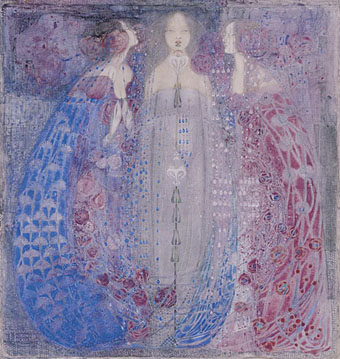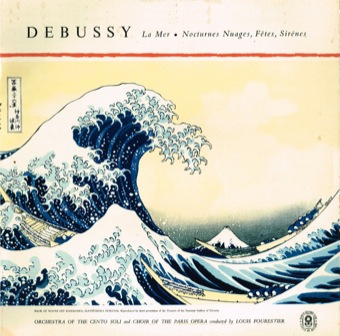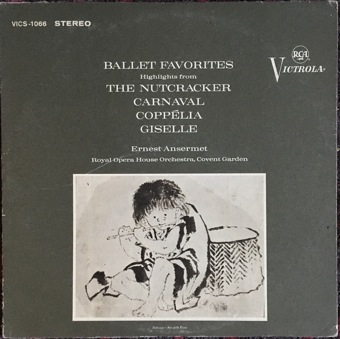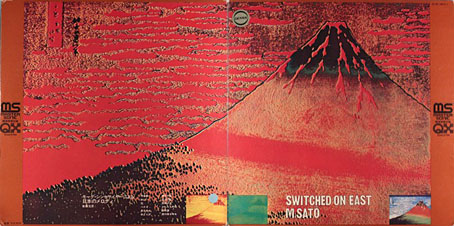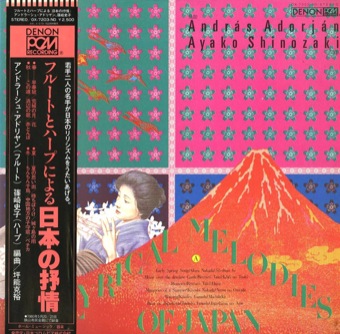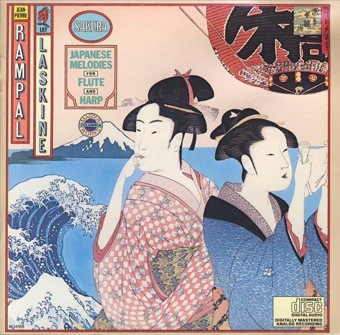
UFO Mk2 (1967), a poster for the UFO club by Hapshash and the Coloured Coat (Michael English & Nigel Waymouth).
• Link of the week without a doubt is Yuka Fujii’s raw video footage of the sessions for David Sylvian’s solo debut, Brilliant Trees, which includes appearances by Jon Hassell, Holger Czukay and Ryuichi Sakamoto. Czukay’s contribution to this and other albums in the 1980s included the use of a second-hand IBM Dictaphone, a machine which was often credited on album sleeves but seldom discussed in interviews beyond Czukay’s claims that it was a superior sound-sampling tool. You can see the mysterious “instrument” in this film and discover (at last!) more about the machine here. Big thanks to Colin for the tip!
• “Part of what makes watching it so compelling now is Berger’s fascinated immersion in the culture of images itself.” Olivia Laing on 50 years of Ways of Seeing by John Berger.
• At The Wire: David Toop on what happens when the performance of music is extended over long durations, from all night concerts to sacred rituals that last for weeks.
• At Bandcamp: Tony Rettman profiles Audion magazine and its editors, indefatigable Krautrock experts Alan & Steve Freeman.
• New music: W by Boris, a remix of Laurie Anderson’s Big Science by Arca, and a cover of King Crimson’s Red by Hedvig Mollestad.
• The latest exploration of psychedelic graphics by DJ Food is a collection of posters for London’s UFO Club.
• Wolf Moon: Nina MacLaughlin has some questions for our ancient satellite.
• At Dennis Cooper’s: Frank’s Box: The Real Telephone to the Dead.
• Mix of the week: XLR8R Podcast 731 by Anthea.
• At Strange Flowers: 22 books for 2022.
• UFO (1970) by Guru Guru | UFO Over Paris (1978) by Steve Hillage | El UFO Cayó (2005) by Ry Cooder

